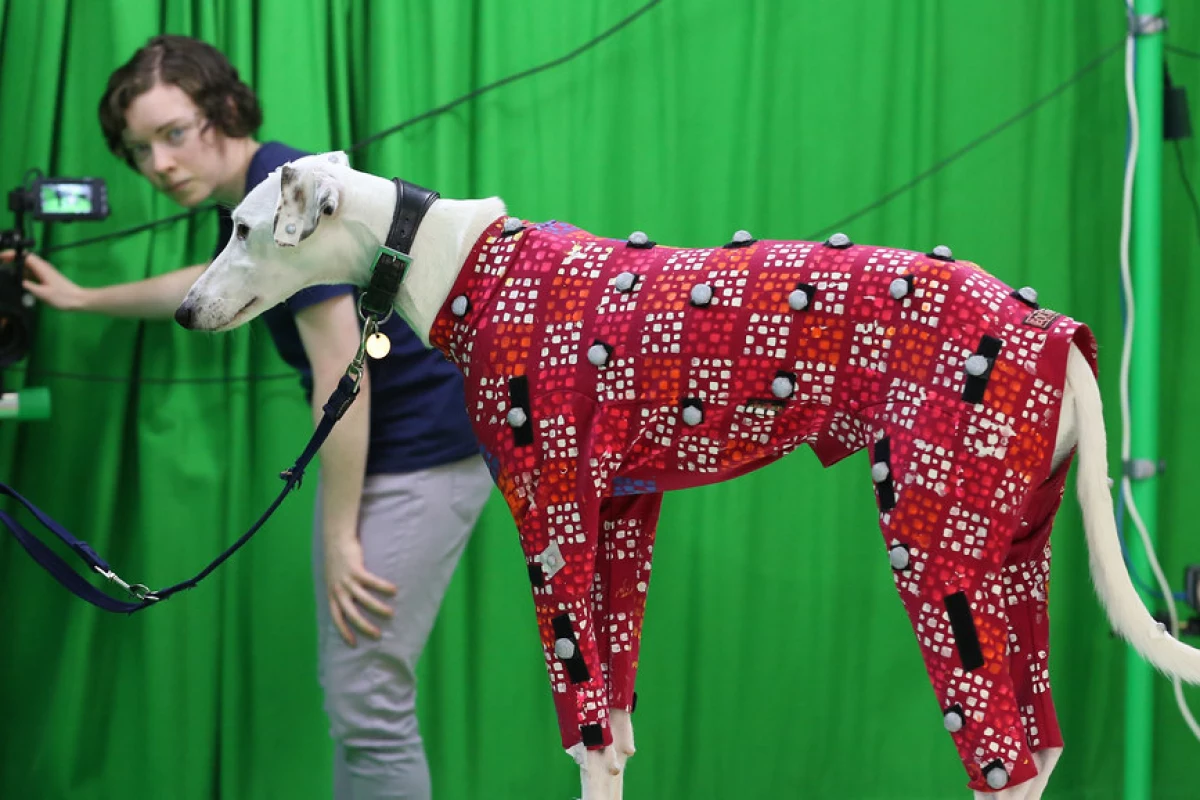The motion capture technology that enables the fluid movements of your favorite video game character or lets a coach assess the biomechanics of an elite athlete is incredibly powerful, but requires expensive equipment to recreate the complex movement of subjects in digital form. Scientists at the University of Bath have come up with a much simpler solution, developing a computer model that can digitize dogs without the need for a motion capture suit and a suite of surrounding cameras.
“While there is a great deal of research on automatic analysis of human motion without markers, the animal kingdom is often overlooked,” says study author Professor Darren Cosker. “Our research is a step towards building accurate 3D models of animal motion along with technologies that allow us to very easily measure their movement. This has many exciting applications across a range of areas – from veterinary science to video games.”
Cosker and his team developed the technology by first studying the movements of canines in the traditional way, fitting them with motion capture suits and filming them performing a variety of movements. 14 different dog breeds were represented, ranging from large lurchers to more compact pugs, with the data collected then used to build the new computer model.
This model was designed to predict and replicate the poses of dogs while being filmed, without wearing their motion capture suits. The team was able to do just that, creating digital forms of new dogs using a single RGBD camera which, unlike a regular digital camera, records the distance to the subject, in addition to the red, green and blue colors, for every pixel.
“This is the first time RGBD images have been used to track the motion of dogs using a single camera, which is much more affordable than traditional motion capture systems that require multiple cameras,” said PhD researcher Sinéad Kearney said. “This technology allows us to study the movement of animals, which is useful for applications such as detecting lameness in a dog and measuring its recovery over time. For the entertainment industry, our research can help produce more authentic movement of virtual animals in films and video games. Dog owners could also use it to make a 3D digital representation of their pet on their computer, which is a lot of fun!”
The team is already expanding the tech by exploring its potential to recreate other animals including horses, cats, lions and gorillas, and hope to refine the modeling as more species are studied.
You can hear Kearney discuss the project in the video below, while the paper detailing the research is available here.
Source: University of Bath




